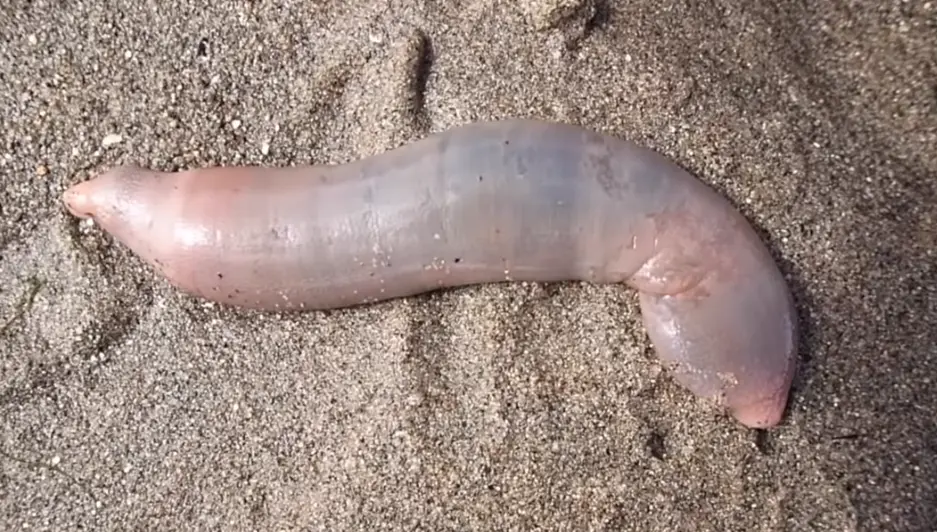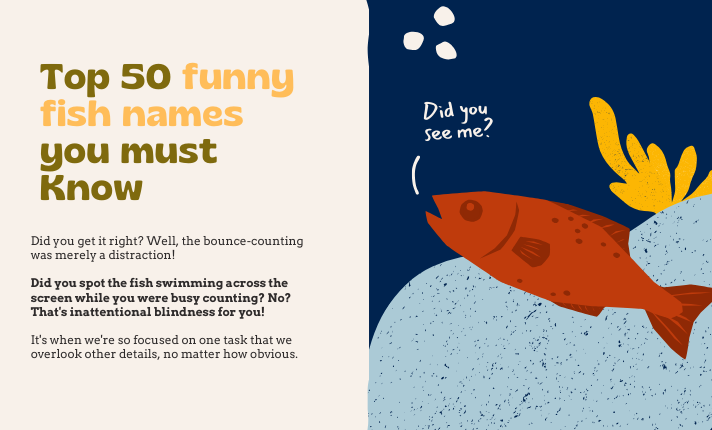Have you ever heard ever one of a creature called the penis fish? Yes, you read it right! The name might make you chuckle, but these marine animals are fascinating creatures found in the coastal areas of several countries, including the United States, Chile, and Korea. Let’s dive into the world of the penis fish and discover what makes them so unique.
What are Penis Fish?
PEnis fish, also known as Urechis unicinctus, are sea worms. They are part of a group called spoonworms or innkeeper worms. They live in shallow water near the coast and make homes in the sand or mud.
“Penis fish” is a nickname for a few different sea creatures, but none of them are actually fish and none are known to swim up urethras!
Spoon worms: The most common meaning of “penis fish” refers to certain species of spoon worms, especially Urechis unicinctus in East Asia and Urechis caupo in North America. These are long, worm-like creatures that burrow in the sand and mud. Their nickname comes from their vague resemblance to a penis.
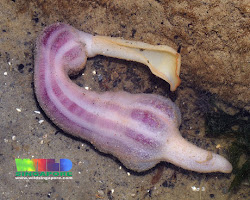
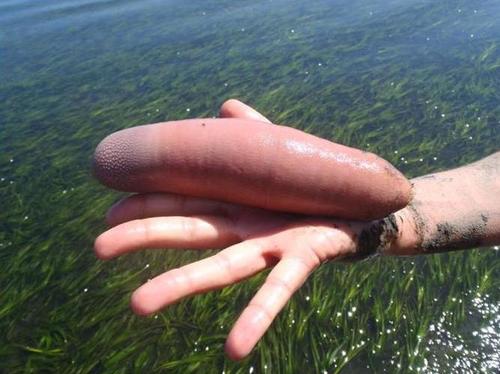
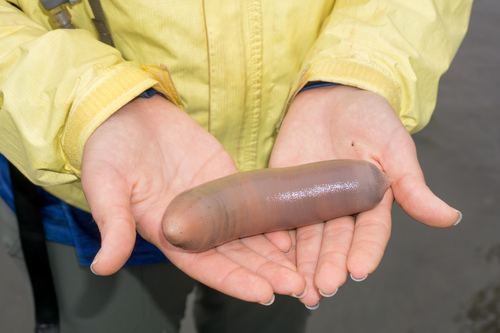
Candiru catfish: This small catfish from the Amazon is another contender for the “penis fish” title. There are stories that the Candiru can swim up a person’s urethra if they are urinating in the water. However, this is likely an exaggeration and there is very little scientific evidence to support it.
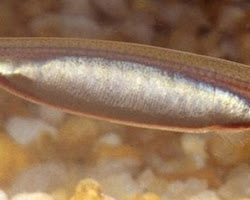
Other fish: Some other fish have also been called “penis fish” due to their shape or name. This includes the Ballyhoo fish from the Caribbean and the Phallichthys, a genus of fish with a name that literally translates to “penis fish” from Greek.
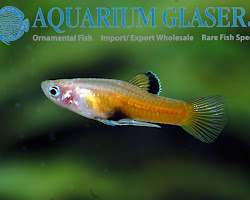

Appearance and Behavior
One of the most distinctive features of penis fish is their appearance, which resembles a, well, you guessed it – a certain part of the male anatomy. They have a long, cylindrical body that can reach lengths of up to 10 inches (25 centimeters) or more. Their bodies are usually reddish-brown in color and have a slimy texture, which helps them move through the sand.
Penis fish spend most of their time buried in the sand, with only the anterior end, which resembles the head of a penis, protruding from the sediment. They use this end to filter-feed on organic matter suspended in the water.
Reproduction
When it comes to reproduction, penis fish have a rather interesting strategy. They are broadcast spawners, which means they release their eggs and sperm into the water, where fertilization occurs externally. After fertilization, the larvae develop and eventually settle on the ocean floor, where they burrow into the sediment and begin their life as burrowing marine worms.
Culinary Delicacy
Believe it or not, penis fish are considered a delicacy in some parts of the world, particularly in East Asia. In Korea, they are known as “gaebul” and are often served raw or lightly cooked. They are said to have a slightly sweet and briny flavor, making them a popular dish among seafood enthusiasts.
Ecological Importance
Penis fish play an important role in marine ecosystems. As filter feeders, they help clean the water by removing organic particles and debris. Additionally, they serve as an important food source for various marine predators, including birds, fish, and crustaceans.
Conservation Concerns
Despite their ecological importance, penis fish populations face threats from habitat destruction, pollution, and overharvesting. In some areas, their numbers have declined due to excessive harvesting of food.
Conclusion
In conclusion, penis fish may have a humorous name, but they are fascinating creatures with unique adaptations and ecological significance. From their peculiar appearance to their role in marine ecosystems, there is much to learn and appreciate about these marine worms. As we continue to study and protect our oceans, it is essential to recognize the importance of all species, including the peculiar and misunderstood ones like the penis fish.
I hope your concept about penis fish is clear now. If you liked my post, please leave a comment to support us.

